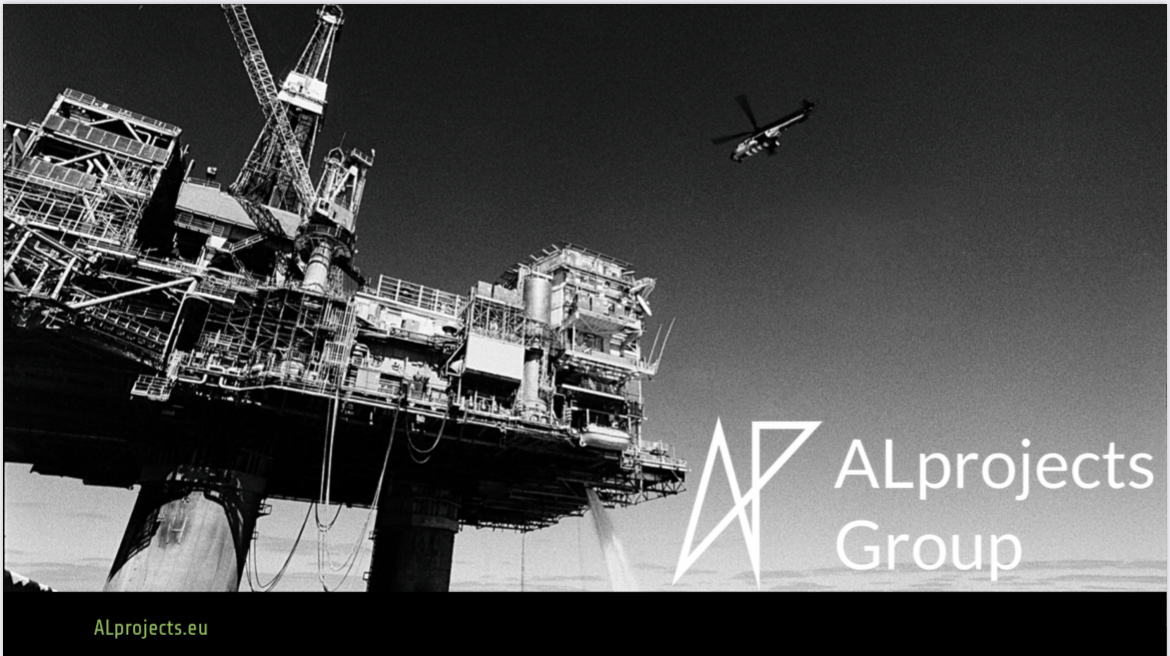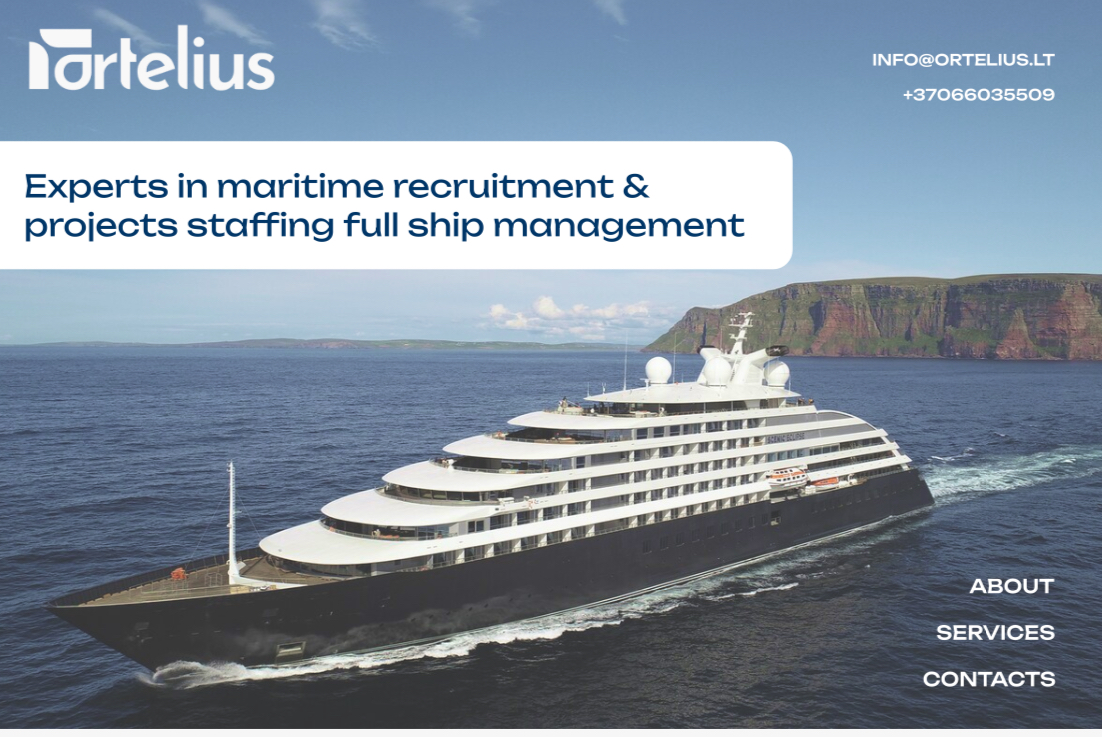TOPSHOT – Tesla and SpaceX CEO Elon Musk gestures as he speaks during the inaugural parade inside … [+] Capitol One Arena, in Washington, DC, on January 20, 2025. (Photo by ANGELA WEISS / AFP) (Photo by ANGELA WEISS/AFP via Getty Images)
“Move fast and break things” might work when you’re coding your first startup in a Silicon Valley garage. But does it work in leading systemic change at scale? Elon Musk seems to think so, applying his trademark approach to disrupt, dismantle and rebuild—most recently at the Department of Government Efficiency (DOGE).
Love him or hate him, Musk’s leadership style has always been polarizing. While it has driven innovation at Tesla and SpaceX, it raises critical questions when applied within a government structure tasked with, as Musk himself puts it, deleting “entire agencies.”
So the question is —does Musk’s playbook of rapid cost-cutting, solo decision-making and a flair for public spectacle offer lessons on how to lead change effectively? Or, rather, does it serve as a cautionary tale for what not to do when leading large scale change?
Rapid Decisions Without Vision or Strategy? Think Again.
To lead successful change, you need a clear and compelling vision of what you’re driving toward and why it matters. When Musk begins his tenure at DOGE by advocating for sweeping eliminations of agencies like USAID without providing replacement plans, what does he signal? Disorder. Dismantling without design.
Compare this to leadership in organizations where change thrives—they rally teams around a shared purpose. They articulate not just the “what” but also the “how.” Without a roadmap, we risk not change but chaos. Destination-impact requires direction—and words like “efficiency” and “productivity” may inspire soundbites, but they don’t offer a clear path forward.
Change Isn’t a Solo Sport
When Musk described deleting entire agencies as “easy” and likened them to weeds in a garden during his recent address to the World Governments Summit, it was clear this was a one-way conversation. His top-down, unilateral decision-making often alienates precisely those who could help move the needle—impacted leaders, implementers and advocates.
Real change requires coalition-building. The best leaders engage stakeholders and co-create solutions. Why? Because lasting change takes more than issuing commands—it takes conversion. And that happens not through megaphones but through dialogue.
So ask yourself this next time you’re faced with leading change: Who have I brought into this conversation? Are they on my team or simply sitting on the sidelines, unsure of what changes mean for them?
Don’t Gut to Cut—Build to Lead
Here’s where Musk’s leadership method hits critical turbulence. Slashing tens of thousands of government roles overnight may grab headlines, but at what cost? The capacity void left in programs like the USAID, NIH and CFPB has created operational paralysis where expertise once existed.
Effective change isn’t about a subtraction mindset but an addition mindset. Where Musk cuts down, strong leaders think instead of what needs building. Transition planning matters. Before you eliminate, you need systems that safeguard core functionality while enabling transformation in parallel.
We’ve all been tempted to “move fast” and tackle inefficiencies aggressively. The better question? How can we make sure the structure for the future is ready (or at least thought through) before knocking down pillars of the present?
Respect Organizational Culture—Don’t Obliterate It
Musk’s labeling of long-time civil servants as “unaccountable bureaucrats” dismisses the emotional bonds employees form with their work and the systems they inhabit. Effective change demands not just redesigning processes but also reshaping culture. It’s not about ignoring a legacy system because it feels outdated—it’s about understanding it, respecting it and finding a way to evolve it.
Culture is not an obstacle to progress, it is the ecosystem within which change succeeds or fails. How often do we underestimate the role of culture in achieving impact-driven transformation?
Diagnosing Before Demolishing
Musk’s assumption that government inefficiencies are inherently tied to waste and the status quo, rather than systemic challenges, showcases a significant blind spot. This was evident when he recently announced plans to shut down USAID, calling it a “criminal organization” and declaring it “beyond repair.” Instead of understanding why certain systems exist as they do—and identifying ways to improve upon them—his approach often focuses on breaking first, learning later.
Imagine implementing change without fully understanding the pulse of your organization. What happens? Resistance. Ineffectiveness. Change fatigue. Effective change leaders diagnose before they disrupt. They know what works before they decide what doesn’t.
Fear Isn’t Sustainable Leadership
Framing everything as a “burning platform” creates a short-term urgency that often leads to long-term exhaustion. Musk’s portrayal of government agencies as inherently corrupt or wasteful may ignite crises, but fear-driven change often comes at a cost.
Real change leaders replace fear with inspiration. They build momentum not by burning bridges but by showing what’s possible on the other side. If your change narrative relies solely on fear, ask yourself—what builds resilience when the urgency fades?
Transactional vs. Transformational Leadership
Musk’s quick dismantling of agencies feels reactionary, not revolutionary. Sure, it may seem like it’s working on paper—an online DOGE “live tracker” claims that the department has saved taxpayers $49 billion since it began work on January 20. But without a clear vision, it’s tactical change misrepresented as transformation. Transformational leadership requires big-picture thinking—it’s the difference between executing a series of individual steps and orchestrating a movement.
Think about it—are the changes you’re leading fragmented? Or are they pieces of a larger puzzle that paints a picture of lasting impact?
Communication Is About Clarity, Not Chaos
Musk’s communication style often involves cryptic tweets and social media feuds. In fact, Musk recently declared the disbandment of the Consumer Financial Protection Bureau (CFPB) with a tweet featuring an emoji, signaling the agency’s termination. Announcing major operational shifts via overly personal or informal channels creates confusion, instability and often misrepresentation of intentions.
Change leaders must remember this rule—communication is the foundation of trust. Your stakeholders deserve clarity. Messaging needs consistency. The medium matters as much as the message. Always.
Critics Are Constructive, Not Combative
Dismiss dissenters and you shut the door to valuable feedback. Musk’s tendency to bulldoze through resistance silences precisely those voices that reflect the challenges on the ground. True change leadership listens. Resistance isn’t rejection – it’s data.
Have you embraced feedback as a resource? Or do critics feel alienated by your approach to change?
Change Isn’t About You
At DOGE, Musk often places his personal brand at the center of the change narrative. Sure, this may work when your personal brand is riding high, but what happens when that stock declines—or worse, becomes polarizing to the very people you’re supposed to lead? And is this sustainable?
Lasting organizational change requires leaders who focus on the mission and outcomes—not themselves. It’s the difference between short-term shifts tied to one person’s vision and sustained transformation tied to a shared purpose.
The most effective change leaders, unlike Elon Musk’s recent approach at DOGE, are those who have the courage to rethink, recalibrate and yes – rebuild systems when necessary. The challenge isn’t just leading change—but creating movements that outlast us. It starts with asking better questions, building better coalitions and championing longer-term visions.











